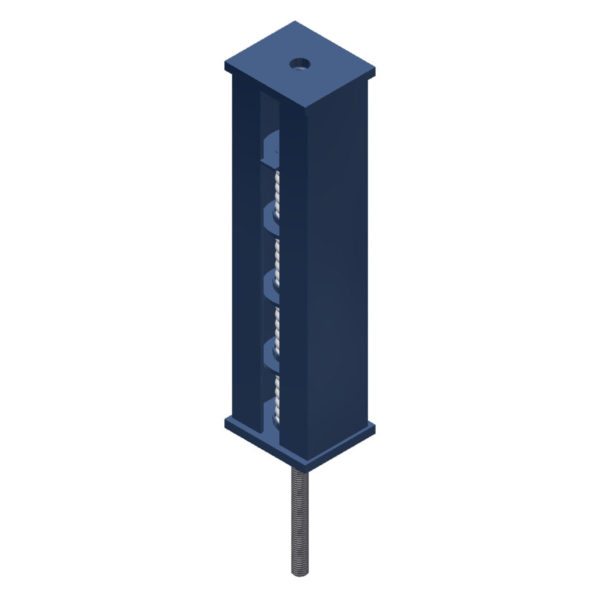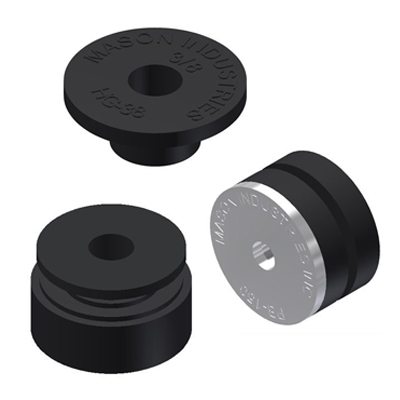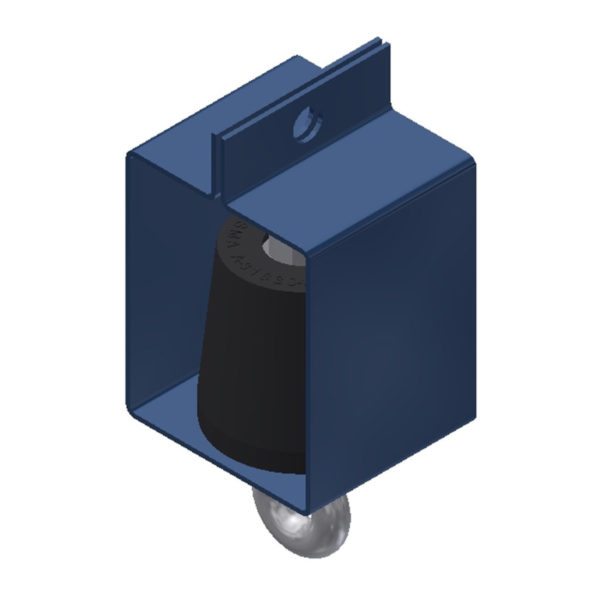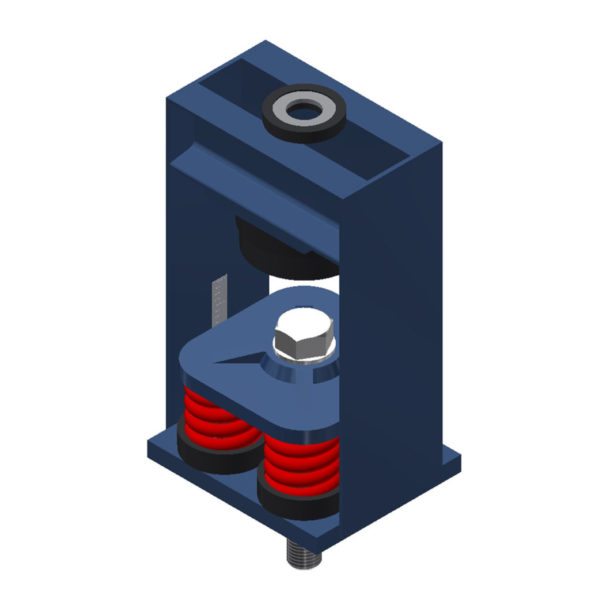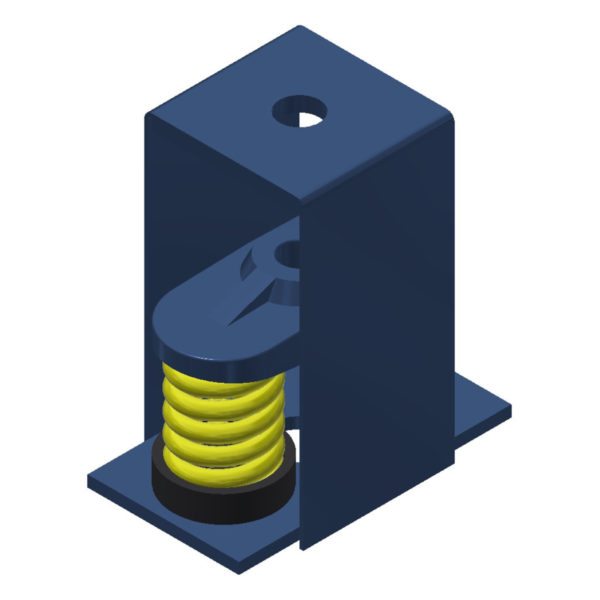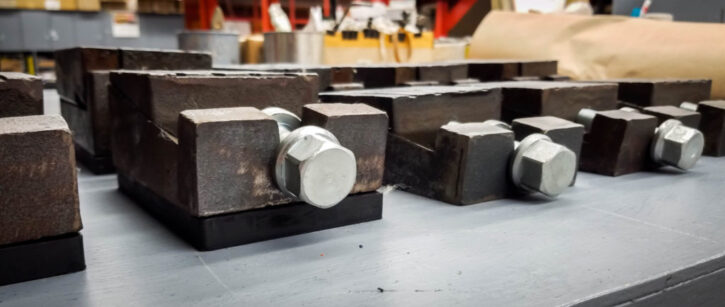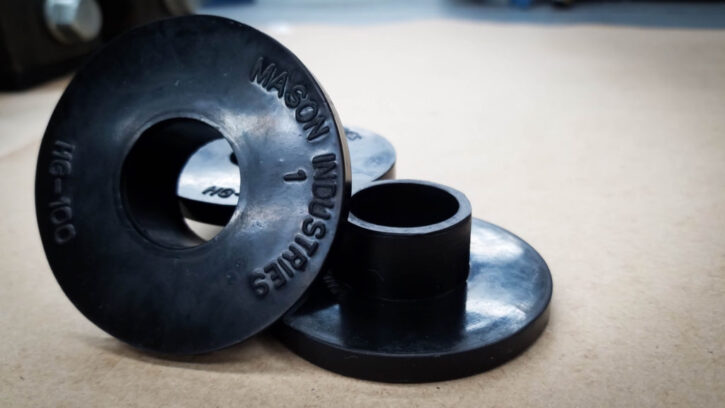Pipe Guides & Anchors
PIPE GUIDES & ANCHORS All-directional acoustical pipe anchors consist of two sizes of steel tubing separated by a minimum 1/2” (13mm) thickness of 60 Duro or softer neoprene. Vertical restraint shall be provided by similar material arranged to prevent up or down vertical travel. Allowable loads on the isolation material shall not exceed 500 psi…


